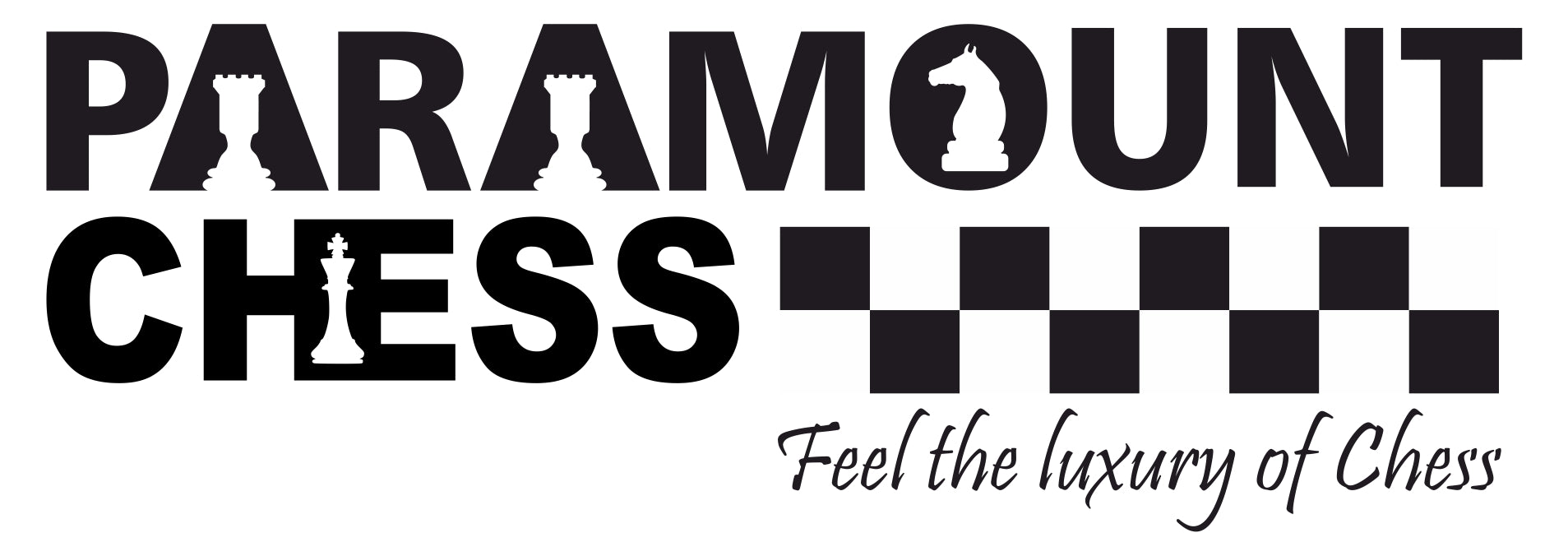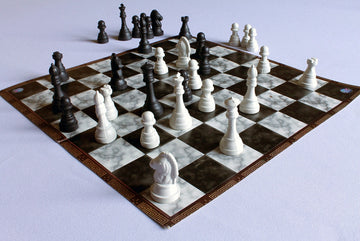
The Dutch Defence may seem like an opposite version of the Sicilian Defence but it is not. It is true however that both the Dutch Defence as well as the Sicilian Defence use a wing pawn structure to prevent a perfect pawn center. The Dutch Defence varies from this because of the difference in the positions of the Kings. Black on the other hand moves the pawn ahead of its bishop to create space on the king side. This opening is popular among grandmasters such as Magnus Carlsen and Hikaru Nakamura. The Encyclopedia of Chess Openings (ECO) classifies this opening under the categories from A80 to A99.

Pros and Cons of the Dutch Defence
Some of the advantages of the Dutch Defence are:
- It is a fairly aggressive opening that leads to multiple chances for attacks
- One of the biggest plus points of this opening is that it is an unbalanced opening. This promotes intuitive and non conventional gameplay which is interesting for everyone
- Black is able to control the e4 square while leaving the central pawns undisturbed
Some of the disadvantages of the Dutch Defence are:
- Due to the nature of the pawn structure, the black king is weakened from the first move itself. It is a great setup for a quick checkmate and hence players must bear a watchful eye at all times
- The non symmetrical nature of this opening could result in inconsistencies in the pawn structure in the middle of the board. Two moves in particular, a d6 or a d5 could aggravate this
- The pawn structure that follows could possibly restrict the light squared bishop from moving freely

There is just one move involved in this opening and that is:
- d4 f5
.
Now is a good time to review the all important chess notations to have a better understanding of the variations below. Check out our article on chess notations here:
.
Let us now learn about some of the variations of the Dutch Defence
.
Leningrad Variation
The Leningrad variation is the most popular variation of the Dutch Defence. Black creates space on its kings side to expand and develop its pieces. In doing so, black manages to develop its knight and bishop; both eyeing the center of the board. Black could also go ahead and castle on the kings side. After that, it can begin attacking the center using moves such as c6 and e5. Further, black may also expand its territory on the Queenside to conquer the center of the board.

The moves involved in the Leningrad variation are:
- d4 d5
- c4 Nf6
- Nf3 g6
- g3 Bg7
It is critical for white to defend the center of the board and fortify it further. To do this, white can move its Knight to c3. Further it can play d5 to further empower its center pieces.
Classical Variation
The classical variation is the oldest known variation of the Dutch Defence. To the inexperienced player, it can cause a lot if issues if they are unaware of the theory. Black’s main aim is to start an attack on the White king’s side by blocking the Queenside and naturally developing its pieces. In addition to that, if black controls the queenside, it can expand its attack to the other side of the board.

The moves involved in the classical variation are:
- d4 f5
- c4 Nf6
- Nf3 e6
- g3 Be7
- Bg2 0-0
- 0-0 d6
One great move for white is to play its knight to c3 to help control the center of the board. Another option it has is to expand with b4 on the Queenside. By improving the Queenside defence, white can squeeze its attack into the center of the board.
Stonewall Variation
The Stonewall variation is the safest bet for players playing the Dutch Defence. It is ideal for beginners to the game and is very simple to understand as well. Black’s main idea here is to just play a simple pawn structure and develop its pieces naturally. Usually black would try to move its knights to e4 and then use the Queen or the bishop to exert pressure on the kingside. White may also try to exchange the dark squared bishop.

The moves involved in the Stonewall variation are:
- d4 f5
- c4 Nf6
- Nf3 e6
- g3 Be7
- Bg2 0-0
- 0-0 d5
White can choose to move its bishop to a3 to facilitate their exchange. The idea behind this is to trade off blacks strong piece and weaken the e5 square as much as possible. Strategically too it makes a lot of sense because white trades its lowest utilized piece for blacks highest utilized piece.
Further Reading 1: https://www.thechesswebsite.com/dutch-defense/
Further Reading 2: https://www.ichess.net/blog/dutch-defense/




